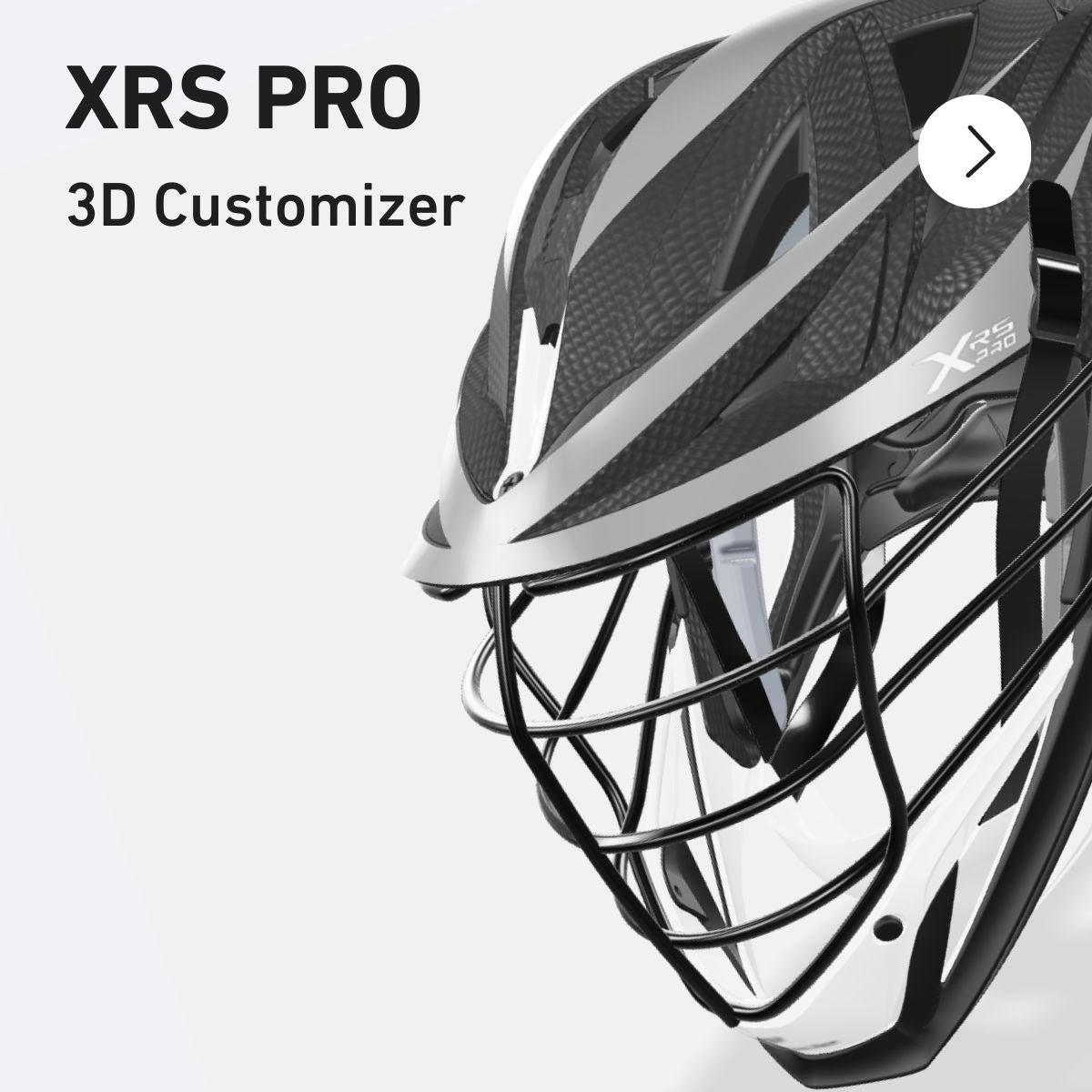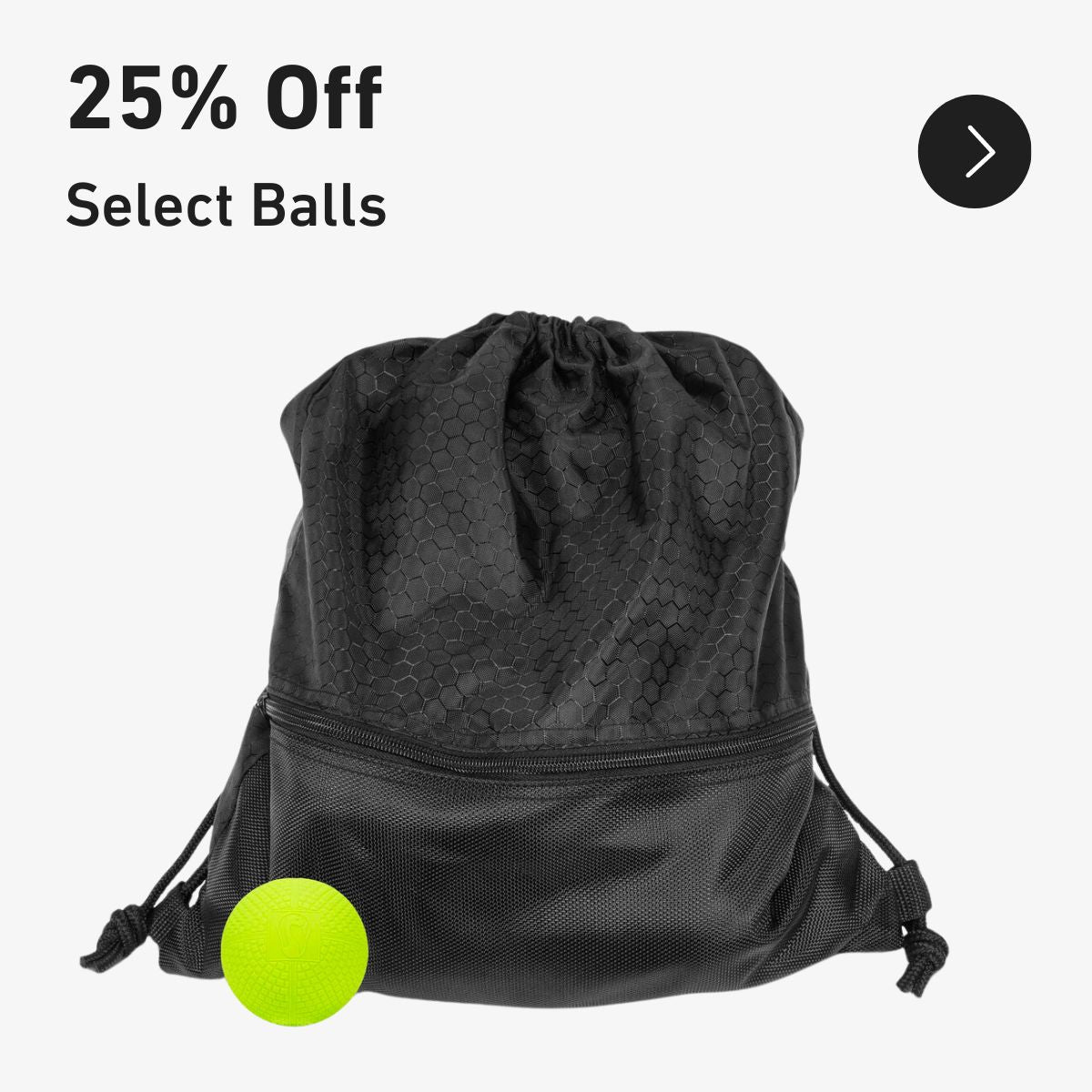It's no secret lacrosse has come a long way with it's popularity increasing each year. The sport's growth over the years has created huge competition among manufactures to elevate technology with increased performance, the lacrosse shaft being a huge focus. Before getting into materials, some basic information is helpful when really understanding the different performance requirements by each position.
Men's Lacrosse Shafts by Position & Size:
Attack; the offensive elite of the team utilize a 30 inch shaft designed to evade defenseman while offering ball control with precision passing and shooting. These shafts are often preferred to be ultra light weight by attack-men and sacrifice durability for speed.
Midfield; these work horse athletes also use a 30 inch shaft that must to do it all on the field just like them from offense to defense. Midfielders typically utilize a shaft designed for more all around performance with more durability then attack-men because of their defensive requirements as well.
Long Stick Middie or LSM; a hybrid between a midfielder and defenseman, the LSM operates with 60 inch shaft or "long pole" designed for defending against transitions during face offs. A lighter long pole is preferred by these transition players for added quickness and better ball control during clears.
Defense; the brutes of the team utilize a 60 inch shaft for aggressive checking capability and closing distance against quick offensive players. These shafts can take a beating over the course of a season and are susceptible to bending and denting if not properly selected by level of play. Generally a good balance of weight and durability is preferred by defensive players.
Goalies; the last line of defense for a team use a 30 - 40 inch shaft for wider hand placement but some do prefer the added quickness of an attack length shaft (30 inches). Wider hand placement gives Goalies a powerful stance against high speed shots for better rebound control. While the shorter shaft allows for quicker shot reaction and more mobility.
Types of Lacrosse Shafts by Material:
With a better understanding of each shaft requirement by position, there are also a variety of material options to consider when selecting a shaft. Time tested metal based shafts have been around for years and are still widely popular. On the other side of the spectrum new age technology introduced elite Carbon Fiber shafts in recent years and have slowly grown in popularity. Most of the decision is generally personal preference but there are some unique features to each type.
Aluminum Based: There are several different grades of aluminum as a basic material ranging from the 1000 series to the 7000 series. With that, Lacrosse also uses several levels of aluminum grades for different varieties of weight and durability, but generally speaking these shafts are used at the beginner to intermediate level.
Titanium: The first truly technology based advance in lacrosse equipment was the introduction of the titanium lacrosse shaft. Prior to Titanium, wood and low grade aluminum was used at every level of play. When Titanium was introduced it was the uncontested champion of the field with a superior light weight feel and devastating strength. Still a wildly popular shaft in todays game as still one of the most durable offerings for midfielders and defensemen.
Scandium: An excellent choice of all around performance and arguably the most popular material for lacrosse shafts today. Balanced with light weight speed and impressive durability, Scandium offers a complete package for most players at an affordable price point.
Scandium - Titanium: A high strength - light weight option for elite players looking for a serious lacrosse shaft. This hybrid alloy pulls highly durable performance at a fraction of the weight of Titanium by infusing light weight and durable Scandium. Praised for it's "best of both worlds" completion, players at the high school, college and pro levels prefer these shafts for lasting performance.
Carbon Fiber: The latest and greatest by manufactures offering untapped performance at the lightest weight to strength ratio. Caron Fiber shafts have really begun to take steam over the last few years bringing new shapes, grips and flex profiles to lacrosse. We have seen rapid performance increases through Carbon Fiber shafts such as new world shot speed records. Carbon Fiber shafts also last with full performance until complete failure and will not bend or dent.
Wood: More of a novelty in today's field game with small appearances through more laid back pick up games. Offering durable play at a heavy weight, most use wood shafts for more recreational game play.






